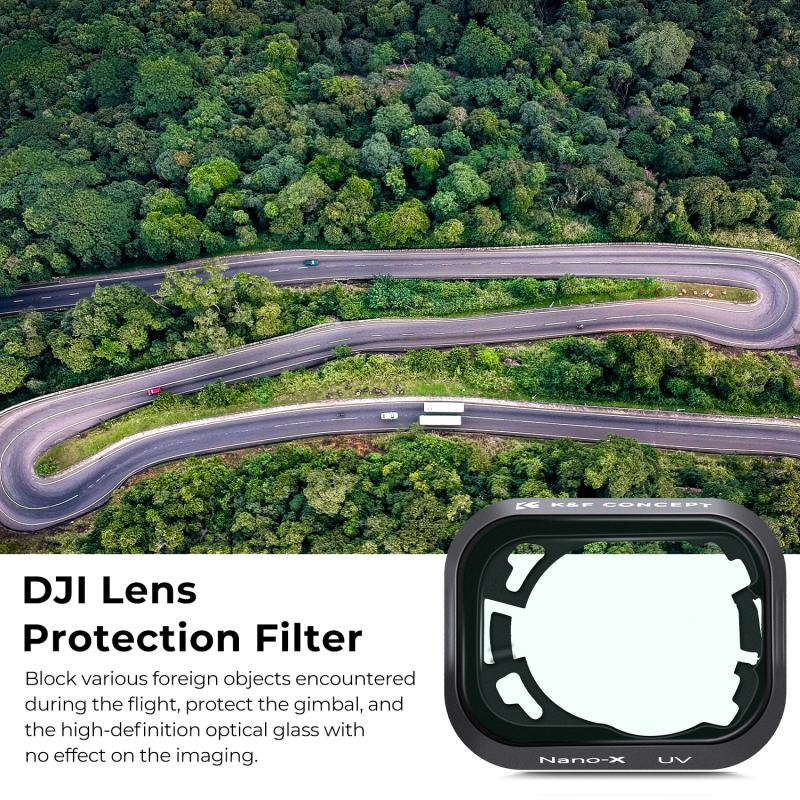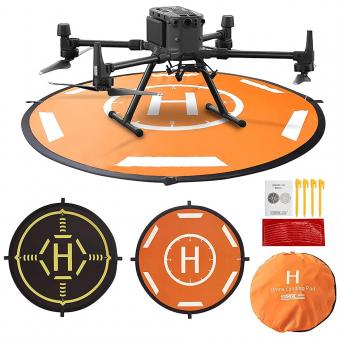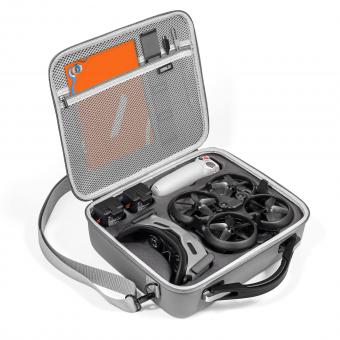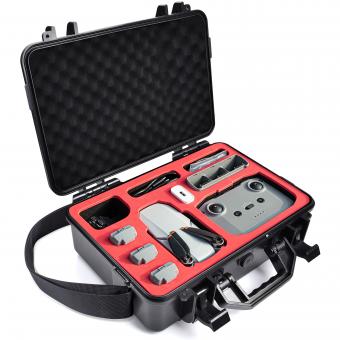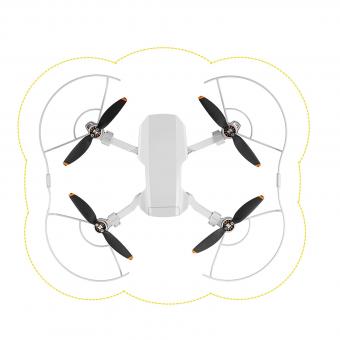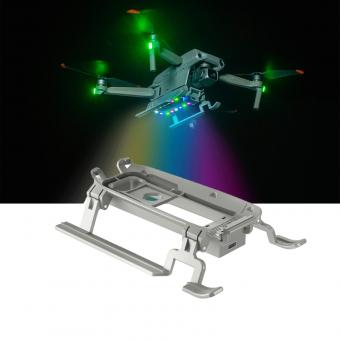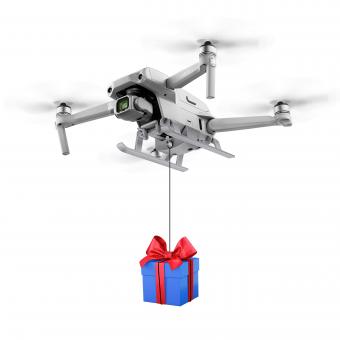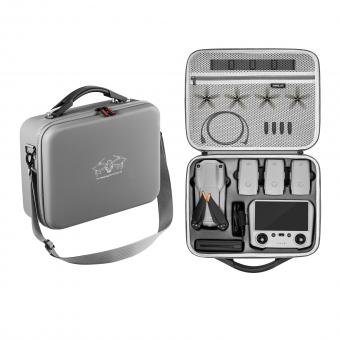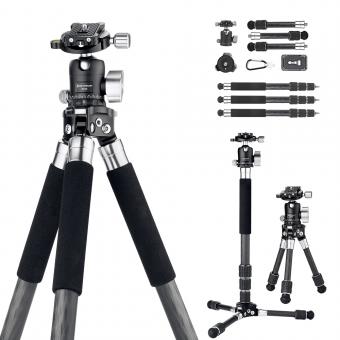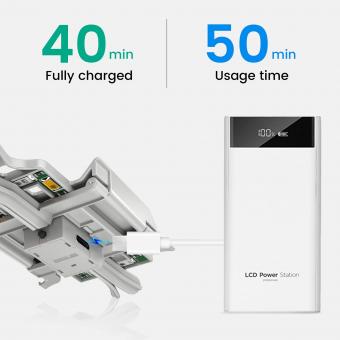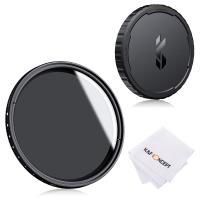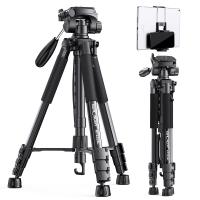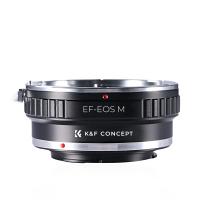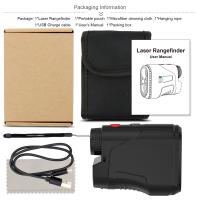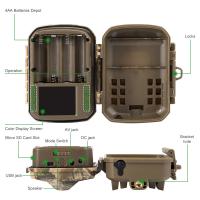Drone That Can Carry Stuff ?
A drone that can carry stuff is commonly known as a cargo drone. These drones are designed to transport various types of payloads, such as packages, medical supplies, or even heavy equipment. They are equipped with powerful motors and large propellers to generate enough lift to carry the additional weight. Cargo drones often have a sturdy and robust frame to ensure the safety and stability of the payload during transportation. They may also feature advanced navigation systems and sensors to enable autonomous flight and precise delivery. Cargo drones have the potential to revolutionize logistics and transportation industries by offering faster and more efficient delivery options, especially in remote or hard-to-reach areas.
1、 Payload capacity of drones for transportation purposes
The latest point of view on the payload capacity of drones for transportation purposes is that they have significantly improved over the years, allowing for the development of drones that can carry substantial loads. These drones, often referred to as "drones that can carry stuff," have become increasingly popular in various industries, including logistics, delivery services, and even emergency response.
Payload capacity refers to the maximum weight a drone can carry while maintaining stability and flight capabilities. In the past, drones were limited in their payload capacity, typically only able to carry small items or lightweight packages. However, advancements in drone technology, including improvements in motor power, battery life, and aerodynamics, have led to the development of drones with much higher payload capacities.
Today, there are drones available on the market that can carry payloads ranging from a few kilograms to several hundred kilograms. These drones are equipped with powerful motors and larger battery capacities, allowing them to lift and transport heavier items over longer distances. Some drones even have specialized cargo compartments or attachment systems to secure and transport specific types of payloads, such as medical supplies, food, or industrial equipment.
The increased payload capacity of drones has opened up new possibilities for various industries. In the logistics sector, drones are being used to deliver packages and goods to remote or hard-to-reach areas, reducing delivery times and costs. In emergency response scenarios, drones with high payload capacities can transport medical supplies, equipment, or even rescue tools to disaster-stricken areas quickly and efficiently.
However, it is important to note that regulations and safety considerations play a crucial role in determining the maximum payload capacity of drones for transportation purposes. Authorities and drone manufacturers must ensure that these drones are operated within safe limits and adhere to specific guidelines to prevent accidents or damage to property.
In conclusion, the payload capacity of drones for transportation purposes has significantly improved, allowing for the development of drones that can carry substantial loads. These drones have revolutionized industries such as logistics and emergency response, enabling faster and more efficient delivery of goods and supplies. However, it is essential to prioritize safety and adhere to regulations when operating drones with high payload capacities.

2、 Advances in drone technology for heavy lifting capabilities
Advances in drone technology for heavy lifting capabilities have revolutionized various industries by introducing the concept of a "drone that can carry stuff." These drones, also known as cargo drones or heavy-lift drones, have the potential to transform logistics, construction, agriculture, and even emergency response operations.
One of the key advancements in this field is the development of powerful electric motors and efficient battery systems. These improvements have significantly increased the payload capacity of drones, allowing them to carry heavier loads over longer distances. Additionally, advancements in materials and design have made drones more robust and capable of withstanding the stresses associated with heavy lifting.
Cargo drones are now being used in logistics operations to transport goods in remote or hard-to-reach areas. They can deliver medical supplies, food, and other essential items to regions with limited infrastructure, providing a lifeline to communities in need. In construction, heavy-lift drones are being employed to transport building materials to high-rise construction sites, reducing the need for cranes and improving efficiency.
Furthermore, agriculture is benefiting from the use of cargo drones for crop spraying and seed planting. These drones can carry large quantities of pesticides or seeds, covering vast areas quickly and accurately. This technology not only saves time and labor but also reduces the environmental impact of traditional farming methods.
In terms of emergency response, cargo drones have the potential to deliver critical supplies, such as medical equipment or emergency kits, to disaster-stricken areas. They can reach inaccessible locations and provide aid in a timely manner, potentially saving lives.
Looking ahead, the latest point of view in drone technology for heavy lifting capabilities involves the integration of artificial intelligence and autonomous systems. This would enable drones to navigate complex environments, avoid obstacles, and make real-time decisions, further enhancing their efficiency and safety.
In conclusion, advances in drone technology have paved the way for the development of drones that can carry heavy loads. These cargo drones have the potential to revolutionize various industries, from logistics to agriculture and emergency response. With ongoing advancements and the integration of AI, the future of heavy-lift drones looks promising, offering even greater capabilities and possibilities.
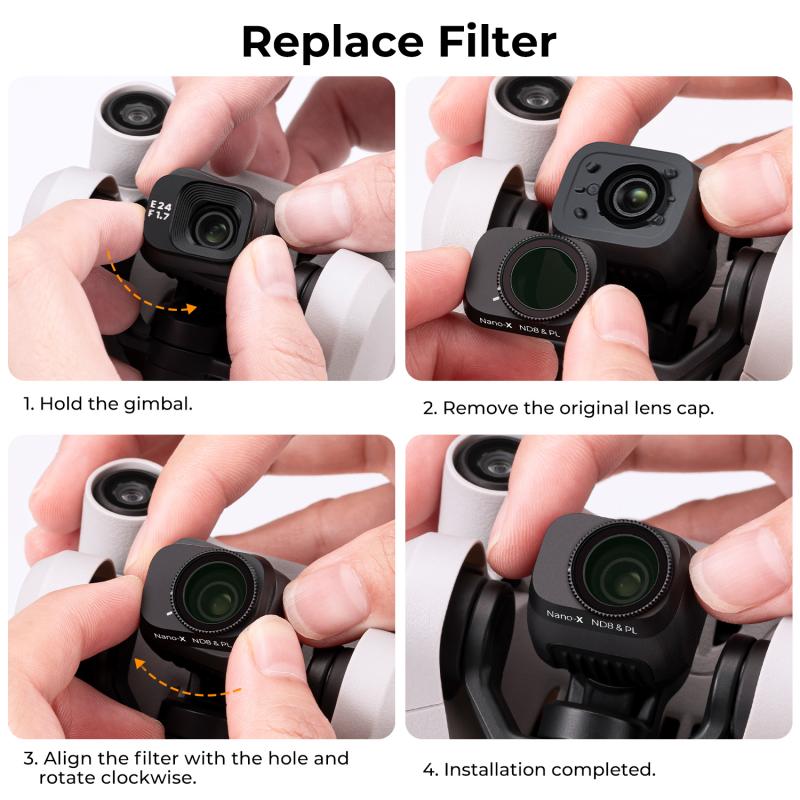
3、 Cargo-carrying capabilities of modern unmanned aerial vehicles (UAVs)
The cargo-carrying capabilities of modern unmanned aerial vehicles (UAVs) have significantly advanced in recent years, making them an increasingly viable option for transporting goods. These UAVs, commonly referred to as drones, have evolved from small, lightweight devices used primarily for aerial photography and surveillance to larger, more powerful machines capable of carrying substantial payloads.
A drone that can carry stuff is equipped with specialized cargo compartments or harnesses that can securely hold and transport various types of goods. These drones are designed to be efficient, reliable, and capable of navigating through different terrains and weather conditions. They are equipped with advanced sensors, GPS systems, and collision avoidance technology to ensure safe and accurate delivery.
The use of cargo-carrying drones has gained significant attention in industries such as e-commerce, logistics, and healthcare. Companies like Amazon and UPS have been exploring the use of drones for delivering packages to customers, aiming to reduce delivery times and costs. In the healthcare sector, drones have been utilized to transport medical supplies, vaccines, and even organs for transplantation, particularly in remote or inaccessible areas.
However, there are still challenges to overcome before cargo-carrying drones become a widespread reality. Regulatory frameworks need to be established to ensure safe and responsible drone operations, including airspace management and privacy concerns. Additionally, technological advancements are needed to increase the range, endurance, and payload capacity of drones, as well as to develop efficient charging and battery-swapping systems.
In conclusion, the cargo-carrying capabilities of modern UAVs have progressed significantly, enabling them to transport various goods efficiently and safely. While there are still hurdles to overcome, the potential benefits of using drones for cargo delivery are immense, and ongoing advancements in technology and regulations are paving the way for a future where drones play a crucial role in logistics and transportation.
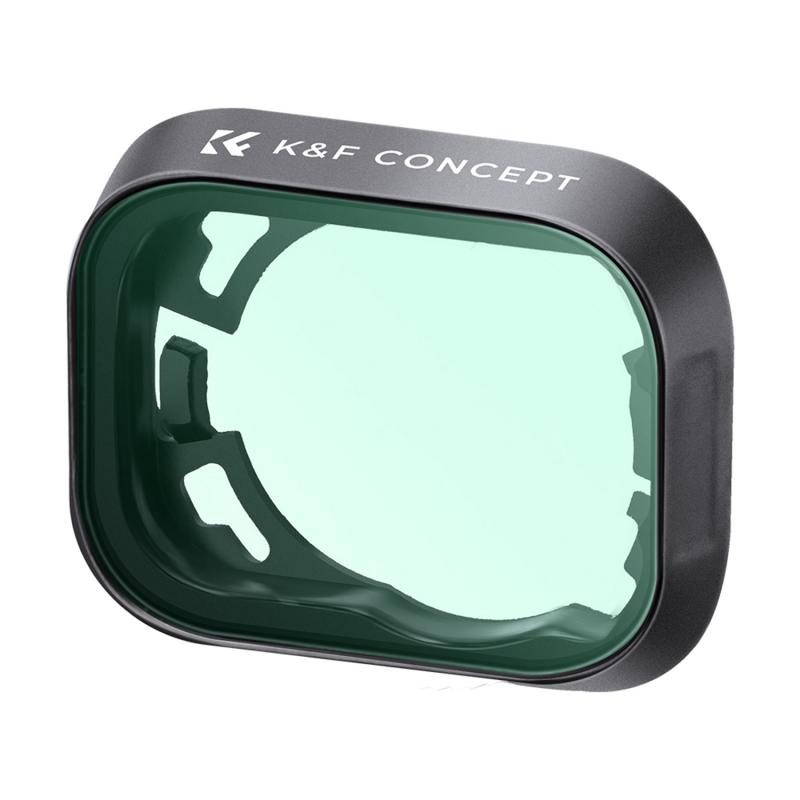
4、 Development of drones with increased load-carrying capacity
Development of drones with increased load-carrying capacity has been a significant focus in the field of unmanned aerial vehicles (UAVs) in recent years. The demand for drones that can carry heavy payloads has grown exponentially, as industries such as logistics, agriculture, and construction seek more efficient and cost-effective solutions.
One of the key advancements in this area is the development of drones with higher power-to-weight ratios. This allows for increased lift capacity without compromising flight stability and maneuverability. Engineers have been working on optimizing the design and materials used in drone construction to achieve this goal. For instance, the use of lightweight yet durable materials like carbon fiber composites has become more prevalent, enabling drones to carry heavier loads while maintaining structural integrity.
Another area of focus is the improvement of propulsion systems. Advances in electric motor technology have led to more powerful and efficient motors, which in turn enable drones to generate greater thrust. Additionally, the development of advanced battery technologies has extended flight times, allowing drones to carry heavier payloads for longer durations.
Furthermore, the integration of artificial intelligence (AI) and machine learning algorithms has enhanced the capabilities of drones in terms of load-carrying capacity. AI algorithms can optimize flight paths and adjust control parameters in real-time, ensuring efficient load distribution and stability during flight. This technology also enables drones to adapt to changing environmental conditions and avoid obstacles, further enhancing their load-carrying capabilities.
In conclusion, the development of drones with increased load-carrying capacity has seen significant progress in recent years. Advancements in power-to-weight ratios, propulsion systems, battery technologies, and AI integration have all contributed to this development. As industries continue to explore the potential of drones for various applications, the demand for drones that can carry heavy payloads is likely to increase, driving further innovation in this field.
